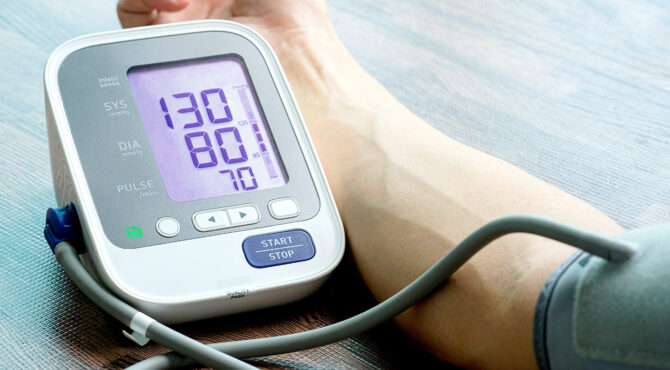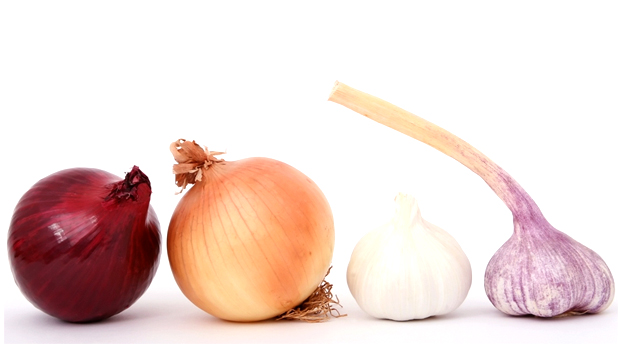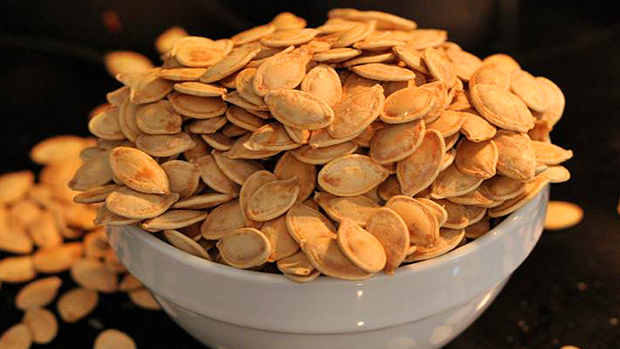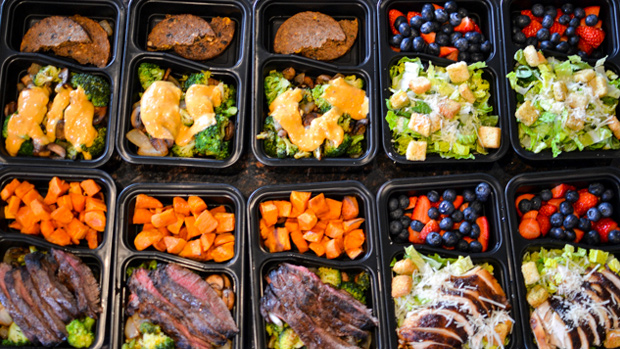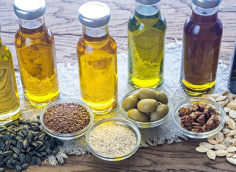Lower Blood Pressure Naturally
Large humans often have elevated blood pressure. At least, that's what we've seen in large, obese humans. The data on large, muscular humans is mostly lacking, but generally speaking, having more muscle (and the exercise that led to it) is usually associated with a lower blood pressure reading.
Still, it's not uncommon to run into lifters whose blood vessels are straining at their cellular seams. Their high BP might be caused by anabolic steroids, unfortunate genetics, or maybe just a rotten diet. It might even be psychological if the poor red-faced bastards manifest rage as their default emotional state.
Also of concern is misdiagnosis. The standard blood pressure cuff in your doc's office is designed for people with a 13-inch arm, which is going to run a tad tight on the average lifter. That can result in a systolic reading that's about 8 points higher than it really is, which might be enough for the doctor to pull out a prescription pad and write a scrip for high BP. More info here.
While the average Joe might not notice the effects of BP medicine, the average lifter might not fare so well. He or she's likely to feel tired or dizzy and fail to match any previous PR's in the sack.
There's an alternative, though... a palatable alternative. Scientists found that eating the equivalent of 100 grams of blueberries twice a day works as well as blood pressure medicines in reducing high blood pressure.

Investigators from King's College in London published a report that was a combination of four separate studies in humans and one in animals about the effects of blueberries on blood pressure and blood flow. The four human studies used a blueberry drink, a blueberry powder drink, or capsules that contained blueberry anthocyanins (the class of chemicals that give blueberries their characteristic blue color).
The fifth study, conducted with mice, was designed to confirm the bioactivity of the anthocyanins and their metabolites.
They found that after 28 days, the 24-hour systolic BP (the first number in a blood pressure reading) dropped a mean of 5.5 mm. Additionally, participants that drank the blueberry drink experienced an increase in "flow-mediated dilation" (FMD) of 1.5% just two hours after ingestion, with the FMD plateauing at 2.3% after 28 days.
"Flow-mediated dilation" is a term for improved blood flow, and it's important because each 1% increase in blood flow translates to 10% decrease in the risk of cardiovascular disease.
To try to duplicate the result of this study, you'd have to eat about 100 grams of blueberries twice a day, which equates to about two total cups of blueberries. That could be expensive or difficult, given the price or availability of blueberries in the off-season. Furthermore, it could grow old fast.
A more feasible alternative might be to use anthocyanin capsules derived from blueberries. Cyanidin 3-glucoside is one such anthocyanin, its blood-pressure lowering properties having been confirmed through other, separate studies (Xu, 2004, Aloud 2018).
As a bonus, it's also been shown to increase insulin sensitivity and exercise capacity, along with turning white fat cells into more metabolically active (i.e., more fat-burning) brown fat (Yilin, 2017).
For best results, take 4 to 6 capsules of cyanidin 3-glucoside, sold as Indigo-3G®, once per day on an empty stomach 30 minutes prior to dinner.
- Rodriguez-Mateos A et al. Circulating anthocyanin metabolites mediate vascular benefits of blueberries: insights from randomized controlled trials, metabolomics, and nutrigenomics. J Gerontol A Biol Sci Med Sci. 2019 Jun 18;74(7):967-976.

